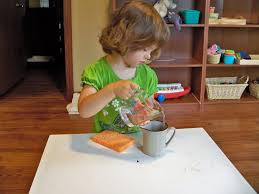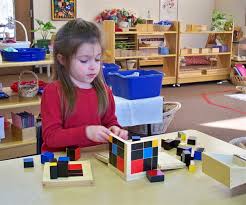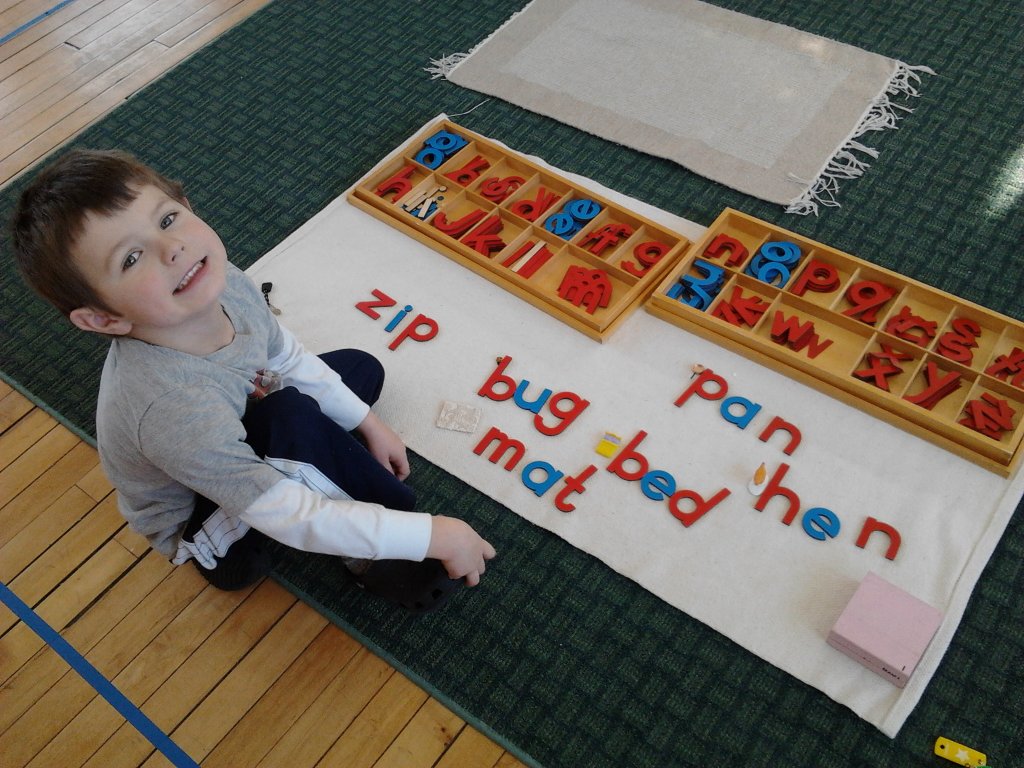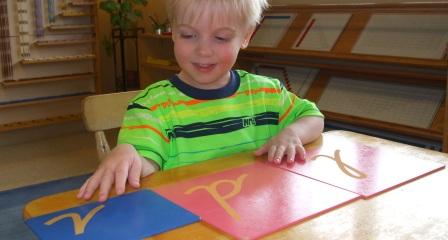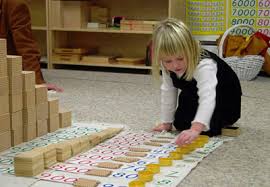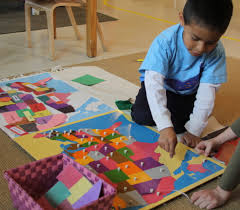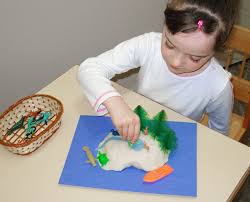Montessori Sensorial Exercises in Montessori Education
What is Sensorial Work
Sensorial comes from the words sense or senses. Dr. Maria Montessori introduced a
subject called „Sensorial‟ where the materials are specially designed to enable the
children to use their senses to explore different attributes of the world.
All the sensorial materials involve followings:
1. Shape
2. Color
3.Texture
4.Sound
5. Smell
6. Taste
7.Temperature
8.Weight and
9.Size.
The Purpose of Sensorial activities
Montessori believed that sensorial experiences began at birth. Through his senses, the
child studies his environment. Through this study, the child then begins to understand
his environment.
Through work with the sensorial materials, the child is given the keys to classifying
the things around him, which leads to the child making his own experiences in his
environment
Sensorial Exercise Groups
Sensorial Exercises were designed by Montessori to cover every quality that can be
perceived by the senses such as size, shape, composition, texture, loudness or
softness, matching, weight, temperature, etc. Because the Exercises cover such a
wide range of senses, Montessori categorized the Exercises into eight different
groups:
Visual : able to be seen by the eye
Tactile :the sense of touch or contact
Baric : sense to the weight or pressure
Thermic: caused by heat or temperature
Auditory: to the sense of hearing
Olfactory: The sense of smell.
Gustatory: the sensation that results when taste buds in the tongue and throat
Stereognostic: TheStereognostic sense allows the child to discriminate size and shape
through the use of touch.
In the Visual Sense Exercises, the child learns how to visually discriminate
differences between similar objects and differing objects.
In the Tactile Sense Exercises, the child learns through his sense of touch. “Although
the sense of touch is spread throughout the surface of the body, the Exercises given
to the children are limited to the tips of the fingers, and particularly, to those of the
right hand
In the Baric sense Exercises, the child learns to feel the difference of pressure or
weight of different objects. This sense is heightened through the use of a blindfold or
of closing your eyes.
In the Thermic Sense Exercises, the child works to refine his sense of temperature.
In the Auditory Sense Exercises, the child discriminates between different sounds. In
doing these different Exercises, the child will refine and make him more sensitive to
the sounds in his environment.
In the Olfactory and Gustatory Sense Exercises, the child is given a key to his
smelling and tasting sense. Although not all smells or tastes are given to the child in
these Exercises, the child does work to distinguish one smell from another or one
taste from another. He can then take these senses, and apply them to other smells or
tastes in his environment.
In the Stereognostic Sense Exercises, the child learns to feel objects and make
recognitions based on what he feels. “When the hand and arm are moved about an
object, an impression of movement is added to that touch. Such an impression is
attributed to a special, sixth sense, which is called a muscular sense, and which
permits many impressions to be stored in a “muscular memory”, which recalls
movements that have been made
Cylinder Blocks Exercise

